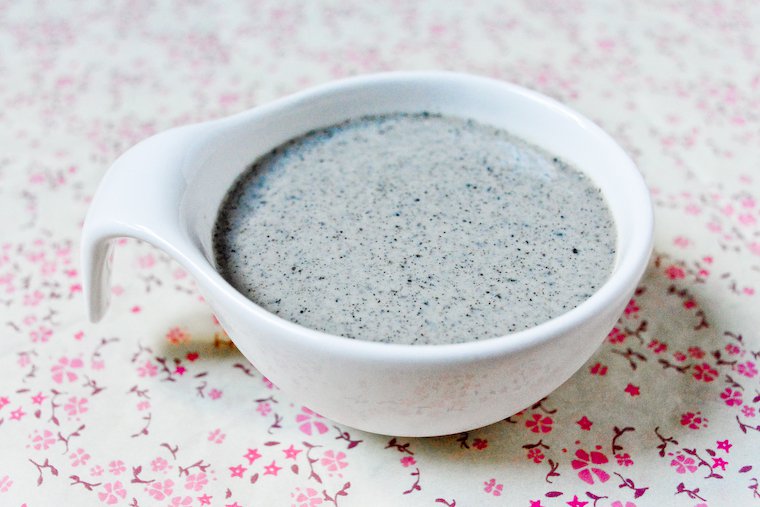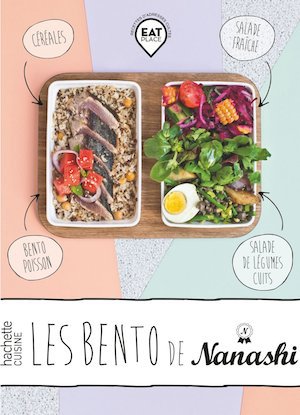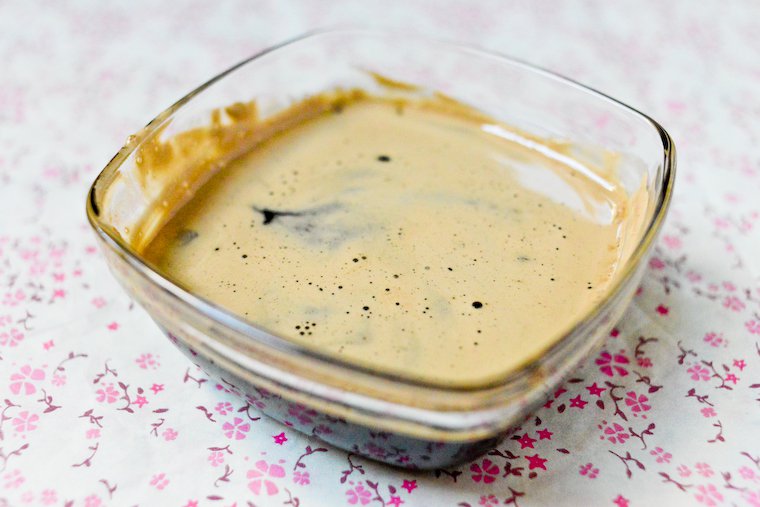A couple of weeks ago I had a lovely lunch at a new rôtisserie shop and restaurant in my neighborhood called Solyles.
The name reads like sot-l’y-laisse, the charming French word for the “oysters” of the chicken, those two flavorsome morsels of flesh that sit in the small of the bird’s back, on either side of its spine. Sot-l’y-laisse literally means “it’s a fool who leaves it in”, allowing you to feel all kinds of smug when you know to claim them.
At Solyles we shared an excellent organic “pattes noires” (black-footed) chichen from Challans with our friends, and as we scraped our plates clean I pondered that I should have brought a container to take the bones home for stock*.
At the mention of bouillon de poulet, one of my friends got curious about how to make it. It reminded me that, however many the benefits of homemade chicken stock, it remains one of those things that too many home cooks perceive as complicated or involved, when it is, in fact:
Quick
Although it takes several hours of slow cooking to extract all the goodness from the chicken bones, it is in fact a “dump, simmer and strain” proposition that boils down (ha ha) to 10 minutes’ active work, tops. The rest of the time, your mission is to stay out of the way, and simply check on the water level from time to time.
Frugal
I know some people go out and buy ingredients — even whole birds! — to make chicken stock, but it always seemed to me like a backward way to proceed.
To me, the beauty of chicken stock is that it can be made in large part from kitchen cast-offs, things you would otherwise have thrown out: not just the carcass of that delicious chicken you roasted for Sunday lunch, but also onion skins (it is so much easier to peel onions when you don’t insist on wrestling with that outer layer that’s half flesh half papery skin, and simply set it aside for stock), carrot and mushroom trimmings, leek and fennel tops, herb stems, and miscellaneous flavoring ingredients that you have in large quantities and/or might go to waste. (Avoid using vegetables from the cabbage family or bitter greens, as they are too strong-flavored.)
And I learned just recently that you can actually reuse the bones (!!) for up to three batches of stock — this is called remouillage in French, or “re-wetting” — and still extract flavor and nutrition out of them, so this is what I’ll be doing from now on.
Flexible
Although the basic trio of onion, carrot, and celery is classically associated with the making of chicken stock, the truth is the only ingredient you really need is chicken bones. For the rest, you can delete or substitute at will to compose your own unique formula, using what you can spare from your vegetable drawer that day, or what’s stashed away in the stock box I recommend you keep in the freezer. And I take great joy in that improv moment when I plop the bones into the pot and start piling on the flavorings, plucking this thing or that from my stash and thinking about the balance of the ingredients.
If it also flexible in terms of timing. There is absolutely no obligation to make your stock as soon as you have bones available: you can just freeze the carcass and bones (break the spine in two so it will move around more easily in your pot) and get them out a few days, weeks, or months later. In fact, I like to wait until I have two chicken carcasses, to make the most of my stock-making time and get a more strongly flavored stock.
Health-promoting
When cooked slowly and made with good ingredients — most important, the bones should be from a healthy animal, not a factory-farmed one — chicken stock is a nutrient-dense food that is thought to boost the immune system, reduce inflammation, and improve digestive health, among other benefits. And because it contains gelatin — when chilled, a well-made chicken stock should have the consistency of softly set jelly — it is also very good for your skin, teeth, hair, nails, and bones.
Delicious!
You can drink the stock as is, in a cup or bowl, with a scatter of snipped chives and possibly some tiny pasta shapes or Dauphiné ravioles (miniature cheese ravioli) you’ll have poached in it. You can also add a splash to deglaze the pan when you’re sautéing vegetables, and of course, it is a transformative base to use for your soups, risotti, curries, and other stews.
Join the conversation!
Do you make chicken stock or other kinds of stock as a habit? What’s your method like and how do you typically use the stock?
* Yes, I would actually do that, though discreetly, and not without a slight counter-cultural tremor.
Continue reading »










